Sutri | Sutrium | The Gate of the Etruscan Lands | Rome Travels - Rome Travels | Home | Rome Guide | Rome Tours | Rome Travel | Religious Holidays | Italy Pilgrimages | Italy Shore Excursions
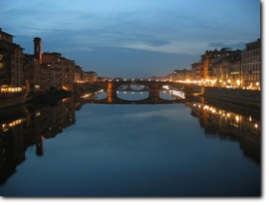
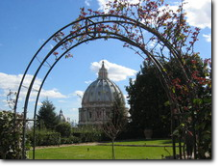
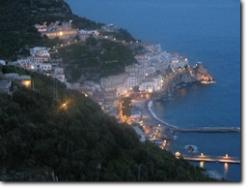
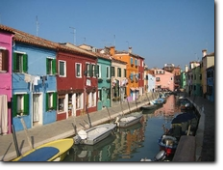
Main menu:
Sutri | Sutrium | The Gate of the Etruscan Lands | Rome Travels
Claustra portaeque Etruriae ( Barrier and Gate of the Etruria ) - Titi Livi "Ab Urbe Condita", Book VI
The Ancient City of Sutri - Antichissima Città di Sutri
The reasons of a day trip
According to us, Sutri is the little town in the vicinity of Rome that can better resume all the history related to Rome in the Lazio Region. Its beauties, arts, archaeological sites, food, papal history, a lovely place for a "Buen Retiro" make Sutri a special trip from Rome, worth of an half day or, in conjuntion with any Etruscan itineraries, a nice place to stop and be suprised by its endless history.
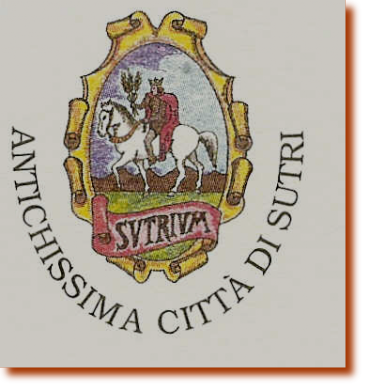
To Know Soon: SUTRI and Popes - King Liutprand - Vatican State. What was the " DONATION of SUTRI "?
The Donation of Sutri was an agreement reached at Sutri by Pope Gregory II and Liutprand, King of the Lombards in 728. At Sutri, the two reached an agreement by which the city and some hill towns in Latium (like Vetralla) were given to the Papacy, "as a gift to the blessed Apostles Peter and Paul" according to the Liber Pontificalis - ( Book of the Pontiffs ).
The pact formed the first extension of papal territory beyond the confines of the Duchy of Rome and was the historical foundation of the Papal States.
We know that not many of our clients can spend weeks in Rome. Thus, we know how much difficult is our task to sponsor Sutri for a side trip into the Etruscan lands. However, we stand still in promoting the glorious history of this little gem, as it had a major history in the context of the Suburbs of Rome and of the Papacy.
Sutri is the perfect example of how much a small place can be at the same time attractive. In Italy, everyone knows Sutri, but not too many people visit it as they prefer to see the vestiges of Rome. Therefore, here below you will find some very useful info on this town located only at 45 minutes from downtown Rome and our suggested itineraries.
Like most of the ancient towns in South Etruria, Sutrium stands on a plateau of rock along the Via Cassia, Km. 51 from Rome, it is picturesquely situated on a narrow tuff hill, surrounded by ravines, a narrow neck on the west alone connecting it with the surrounding country, plain in all directions.
Further, being the last avampost of the Route of the Pilgrims before entering Rome on the Via Francigena, there are the evidents marks of how much Sutri has been considered in the history of the Catholic Church.
What makes special or worth a short trip to Sutri ?
Etruscan history: City Walls and the Etruscan Necropolis along the Via Cassia
Roman Vestiges: the Amphitheatre and the remains in the Civic Museum
Mithraic Temple converted into a early Christian Church: Santa Maria del Parto
Middle Ages: Residence of the Pope and beginning of the "Vatican State"
Local fiests and "sagre" during the main festivities, excellent food all year around
The most famous Italian chesnuts and haselnuts
History of SUTRI in few rows - Info on Sutri
The modern town occupies the site of the ancient, being strategically located along the Southern Etruscan lands, in between Rome and Tuscany, not too far away from the coast-line. It has been pretented both by the Romans and Etruscan inhabitants of Tarquinia. Thanks to Furius Camillus, it bacame Romanized after the war with Veio (396 B.C.) and became a Latin Roman colony. We have a priceless mention of "Colonia Sutrinensi" housed in the Antiquarium dating back the Caesar Augustus Time.
After the Fall of the Roman Empire, it was Longobard first, then 568 it conqured by the Byzantine and reconquered by the Longobards of King Liutprand who donated the town to Pope Gregory II and all the territory (728, Donation of Sutri) inaugurating the Papal authority over a State - i.e.: The Vatican State-. Also the King of the Holy Roman Empire Charle Magne stayed in Sutri for quite long time (on early IX Century).
A Legend in Sutri
Sutri and Saturn
The legends wants that Sutri was founded by Saturn and so named after him ( Saturn -> Etruscan Sutrinas -> Roman Sutrium ). In the coat of Arms of Sutri there should be identified in fact riding a horse Saturn who, deposed his sword, raises an ear of wheat symbol of fertility and abundance, in reference to the land of Sutri.
In the Bishop's Palace were held many Concistories (election of the Cardinals) and in Sutri in 1111 ended the Investiture Controversy. In 1264 started the war with King Manfred of Sicily for the possession of Sutri and its territory which ended only in 1332 with the final Papal victory. Throughout the Middle Ages Sutri became the last avampost of the Via Francigena, the Route of the Pilgrims from Canterbury to Rome. In the following centuries Sutri was fired (1433), abandoned, even spoliated one more time by the French troops of Napoleon I. In 1870 Sutri became, like any other town of the former Pontifical State, part of the new born Kingdom of Italy.
The Etruscan Necropolis along the Via Cassia
Today appx. 64 tombs are visible dug right into the tufa rock (plus those around the Amphitheatre) made out of single and double chambers, arched tombs ( Arcosolii ) with and without the rectangular niches to place to cinerary urns. This prooves that the Etruscans were not only cremating but also inumating the bodies.
Due to is easy location, along the Via Cassia, although the Etruscan Necropolis has been looted in the early Middle Ages, and that in some cases tombs have been transformed into stables or storehouses for gardening tools at the beginning of XXth Cent, altering its original aspect, this Necropolis is absolutely worthy, especially during Christmas where, inside the Tombs, the locals recreate the Live manger, with all the typical arts and crafts by the time of Christ.
The Roman Amphitheatre
It is the Sutri's monument of greatest worth, dug into a tufa promontory, whose size is rouphly 49 m x 40 m ( less than a third of the Rome Coliseum ). Ten doors are still visible around the podium. The Cavea is made up of three sets of tiers, named ima, media and summa cavea. The lowest, the Ima Cavea, is the better preserved one and has a big rectangular niche facing North-East identified as the Royal box.
The chronoligical setting of the monument is difficult as there is no historical mention, epigraphic or architectural clue. However, due to its extreme simplicity allowed the archaeologists to date it around the time of Caesar Augusts ( 27 B.c - 14 A.D. ).
The Mitreum (IIth Cent. A.D.) OR Church of Santa Maria del Parto (XVIII Cent.)
Of the few Temples left dedicated in the Imperial time to God Mythra, the one of Sutri is absolutely of of the most remarkable ones. In the High Middle Ages this temple was turned into a Church and, on ealry XVIII century, the chosen name was "Madonna del Parto".
The inscription that can be seen recites "Qui Ferma il Passo Il Luogo E Sacro A Dio Alla Vergine Al Riposo Dei Trapassati O Prega O Parti" ("Here stay thy step; the place is sacred to God, to the Virgin, to the repose of the departed. Pray or pass on"). Fresco Walls dating the XIV cent. with the history of the Archangel Michael and some histories of the Pilgrims going to Rome.
